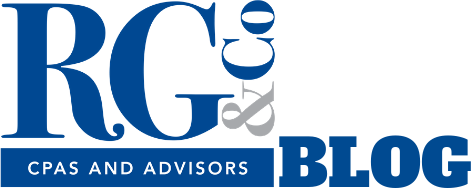A Financial Statement Audit is performed by an independent third-party CPA firm with the end result of attesting to the fair and accurate representation of an organization’s financial statements. At the heart of a reliable financial reporting process lies the reconciliation of balance sheet accounts. A reconciliation is the process of ensuring that the balances reported in an organization’s financial statements align accurately with the appropriate external sources. In this article, we will explore the importance of reconciling various balance sheet accounts and discuss the steps organizations can take to ensure an efficient and timely audit and avoid significant adjustments.
Below are important reconciliation considerations for various balance sheet accounts:
Bank and Investment Accounts
- Reconcile bank statements to confirm accuracy and completeness
- Scan bank reconciliations for old items or unusual activity
- Reconcile investment statements for valuation and recognize realized and unrealized gains and losses
Receivables
- Match receivables to the customer ledger for consistency
- Evaluate collectability of older receivables, follow up with customers, and record an allowance if necessary
- Consider potential effects of ASU 2016-13, the Current Expected Credit Loss model
Prepaid Expenses
- Reconcile schedules supporting the accruals for accuracy
- Vouch workpaper calculations to source documents (ex: insurance premium to policy documents)
Inventory
- Reconcile to periodic counts adjusted for prices to ensure accuracy
- Write off stale, broken, or other unused items
Property, Plant, and Equipment and Intangible Assets
- Verify against depreciation and amortization schedules or cost, as appropriate
- Prepare supporting documentation for significant additions and disposals
- Review listing for old or impaired assets
Accounts Payable
- Reconcile the detail of unpaid vendor invoices for completeness
- Review significant payments made after year-end for proper classification
Accrued Expenses and Deferred Revenue
- Reconcile to workpaper calculations supporting the accruals for accuracy
- Vouch those calculations to source documents (ex: salary and tax amounts to payroll registers)
Long-term Debt
- Confirm against remaining principal balances to avoid discrepancies
- Be proactive about calculating debt covenants and communicating concerns
- ASC 842: Due to the capitalization of lease commitments, organizations may need to educate their banker on the sudden changes and revisit their debt covenants
- Analytically compare interest expense to amortization schedules
Leases
- Compare lease liability balances to the respective amortization schedule
- Review new lease agreements to ensure proper classification
- Analytically compare interest expense to amortization schedules
Equity
- Reconcile the beginning balance of retained earnings to the prior year’s audit
- Pro Tip: if there is a variance, reconcile the beginning balance of each balance sheet account to the prior year’s audited trial balance
- Validate treasury stock amounts against the detail of repurchased stock
- Reconcile to shares issued at par for accurate value
Timing Matters
To receive the full benefit of the reconciliation process, organizations should perform this monthly, or at a minimum, before providing the year-end trial balance to auditors. This proactive approach not only streamlines the audit process but also minimizes the likelihood of misstatements. Auditors may uncover discrepancies during the audit process, requiring adjustments that could have been avoided with routine reconciliations.
Conclusion
In the realm of financial reporting, precision and transparency are most important. Reconciling balance sheet accounts is a foundational practice that contributes to achieving these goals. By adhering to best practices and reconciling all relevant accounts before submitting documents to auditors, organizations can fortify their financial reporting processes, minimize the risk of misstatements, and enhance the overall integrity of their financial statements.




